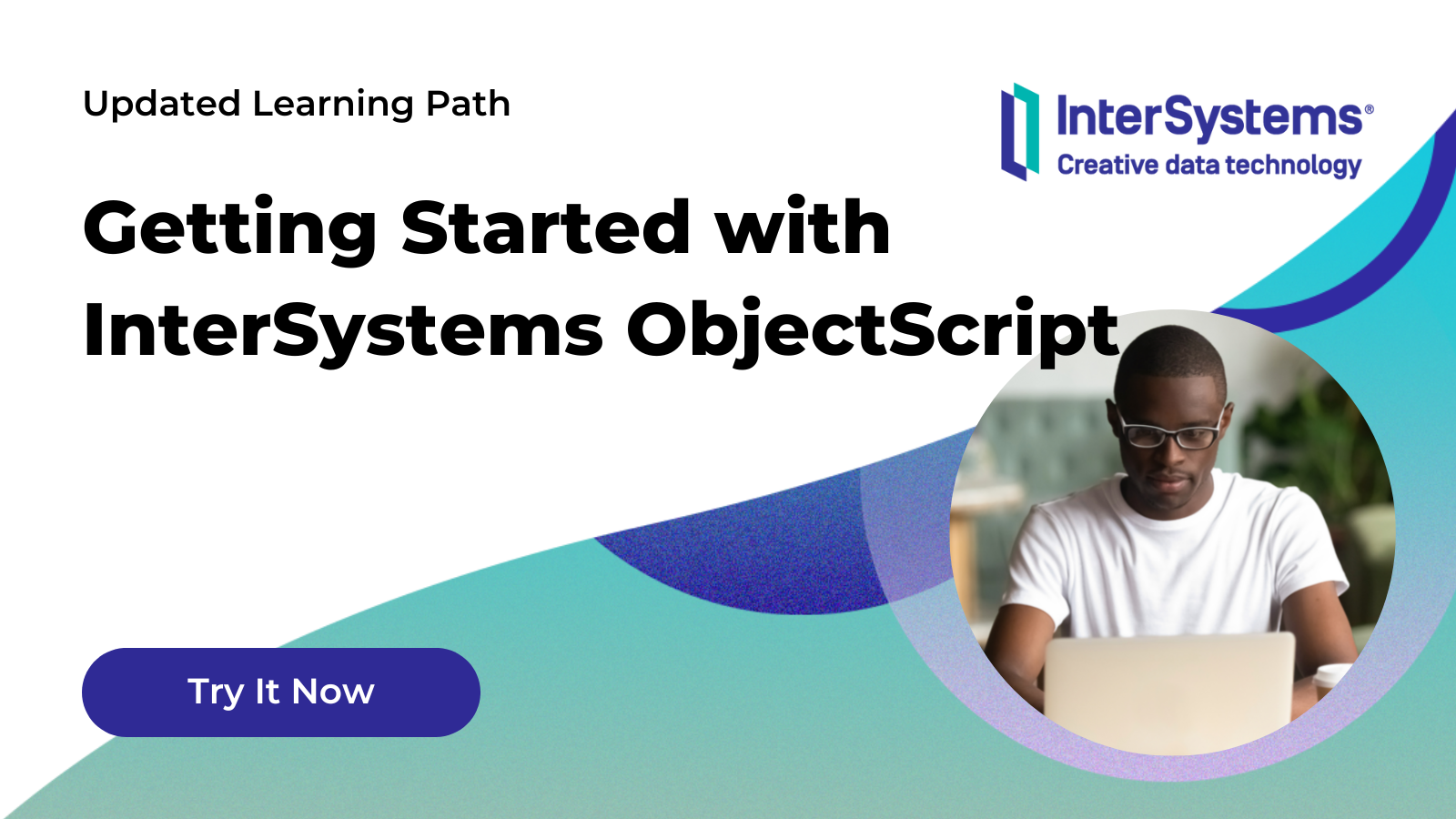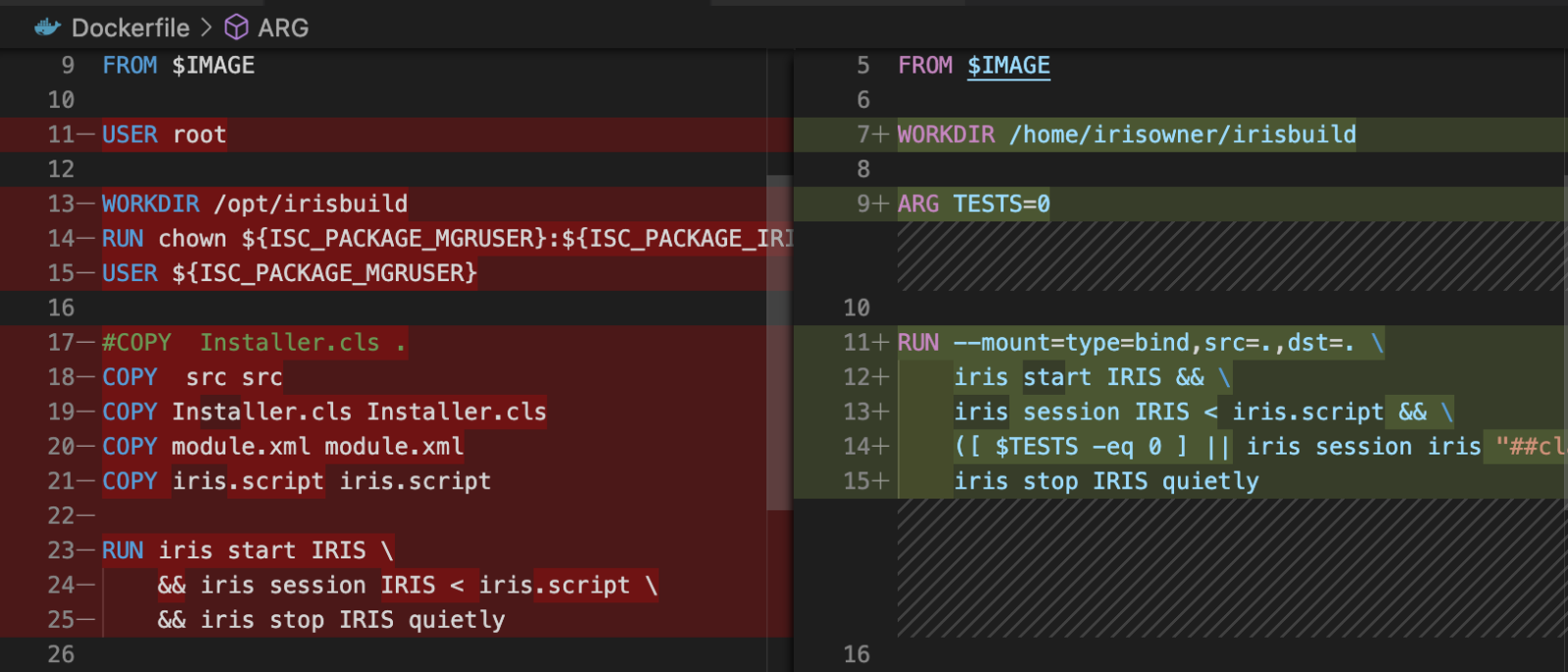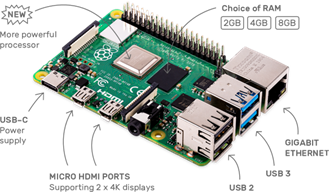Hello, community
To celebrate that this week is "International Week of Deaf People 2022" , https://wfdeaf.org/iwdeaf2022/
Could we do a small challenge?
The statement is:
Task
Give you two strings: s1 and s2. If they are opposite, return true; otherwise, return false. Note: The result should be a boolean value, instead of a string.




